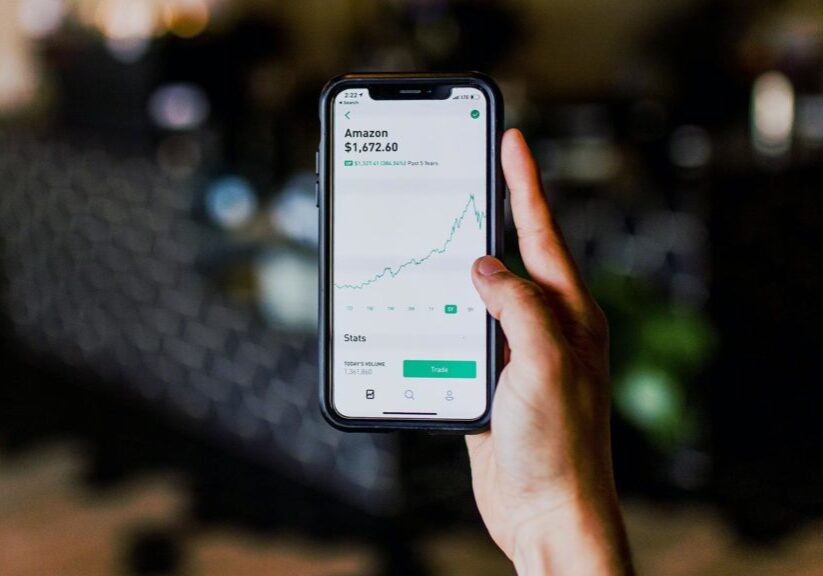Suppose you were building an investment portfolio from scratch.
What should you buy? The choice is always tough, but it seems especially tough today. Consider five major asset classes.
First, there are U.S. large-company stocks—this year’s market heroes. We have an ongoing global pandemic. We saw the U.S. economy shrink by almost a tenth in the second quarter. We had the biggest market decline since 2007-09. And yet the S&P 500 stocks are in positive territory for the year. If, back on New Year’s Day, we’d all been told about the upcoming pandemic, the economic fallout and the bear market, I doubt any of us would have predicted that the S&P 500 would be hitting a new all-time high in late August.
In truth, this year’s market heroes aren’t 500 companies, but rather five technology stocks: Alphabet (Google), Amazon.com, Apple, Facebook and Microsoft. As face-to-face contact has come to entail the risk of infection and possibly death, technology companies that help us to lead long-distance lives have thrived.
Will this remarkable stock market performance continue? Our brains are wired to take recent gains and extrapolate them into the future. We also like owning popular investments, finding reassurance in the enthusiasm of others. But perhaps all the good news is already baked into the price of these stocks and, indeed, technology stocks have been less dominant in recent weeks. Remember, there can be a huge difference between a great company and a great stock—and much hinges on the price we pay.
That brings us to our second asset class. While shares of larger U.S. companies have shown remarkable resilience in 2020, stocks of smaller companies have taken it on the chin. There’s no surprise there: These firms tend to have weaker balance sheets and less diversified lines of business, so recessions can quickly turn into a life-or-death struggle. But perhaps all that bad news is already priced into these stocks and better days lie ahead. Small-cap stocks often lead the way in the early days of a new bull market, and there are some indications that’s happening this time around. Could these be the stocks to own?
Or perhaps we should focus our dollars on our third asset class, foreign stock markets. Europe’s shutdown in the early days of the coronavirus was much more thorough than here in the U.S. One result: Second quarter GDP in the Eurozone shrank 12.1%, versus 9.5% in the U.S. But does Europe’s greater discipline in tackling COVID-19 mean it’s better poised for economic growth in the months ahead? The same question is being asked about China, Japan and other Asian countries. In fact, in recent weeks, overseas stock markets have outpaced U.S. shares.
With relatively low valuations abroad, any bull market run by foreign stocks could have legs, because there’s plenty of room for price-earnings multiples to rise before they approach the lofty levels here in the U.S. Indeed, in a classic example of both performance chasing and so-called home bias, many Americans have lately come to shun foreign shares and assume U.S. stocks will always triumph. Imagine what might happen to international markets if all these U.S. investors suddenly realized they were underweighted in foreign stocks—and started shifting big chunks of their portfolio abroad.
Not so keen on stocks? How about corporate bonds instead? This—our fourth asset class—suffered early in the financial crisis, but corporates have since bounced back and now boast year-to-date returns that rival government bonds. Should we favor corporate bonds to collect their higher yield—and, let’s face it, even a half-decent yield is hard to come by these days—or will corporates swoon again if the economy continues to struggle?
If U.S. large-company stocks have been the heroes of the market recovery, our fifth asset class—Treasury bonds—were the heroes of the bear market. Yes, they now offer miserably low yields, well below the expected inflation rate. But Treasuries have also proven to be the best insurance a stock market investor can buy—and who wouldn’t want a little insurance, given the stock market’s astonishing rally and the apparent precariousness of the economy?
If you’re starting to think that a solid case can be made for and against every one of the above five asset classes, you’d be right. This sort of “on the one hand, on the other hand” discussion is what pundits are often mocked for—and which brings to mind the old joke, “Can somebody please find me a one-handed economist?”
But that, alas, is the nature of financial markets, where the enthused and the disenchanted vote with their dollars, nudging stocks and bonds up and down, so their prices reflect our collective mixed feelings about every investment.
Result? At any given moment, it’s never obvious which asset class we should favor. To be sure, it’ll be obvious in retrospect. That illusion of predictability—what experts in behavioral finance call “hindsight bias”—is what drives many investors to make bold predictions today. What if we act on those forecasts? Yes, there’s some chance we’ll be right. But there’s a 100% certainty that we’ve got investing all wrong.
The point of investing isn’t to pick the next big winner. Rather, the point is to achieve crucial goals like paying for the kids’ college and our own retirement—and we put those goals at risk every time we make a big investment bet.
So which of the five asset classes should we own? On this multiple-choice quiz, I’d favor “all of the above.” Such diversification means we’ll never be totally right, but we’ll also never be horribly wrong. It’s the strategy that’s most likely help us achieve our financial goals—and that, after all, is the point of the exercise.


